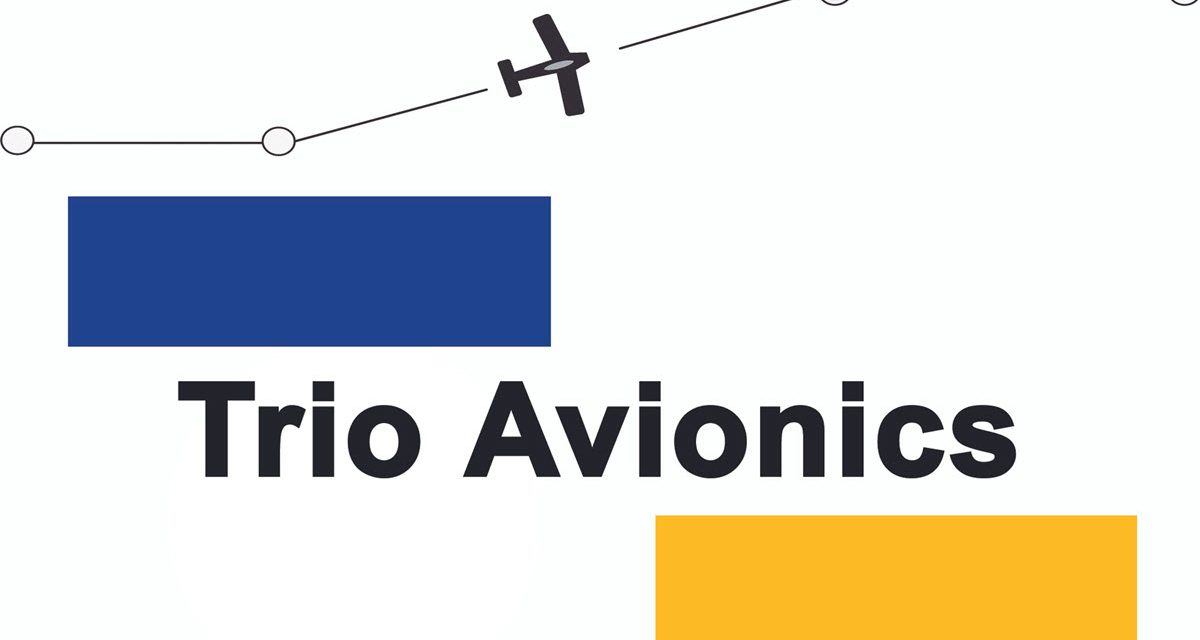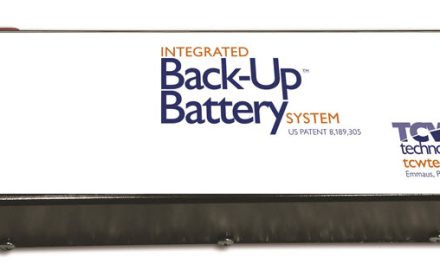FAA Expands Trio Pro PilotTM STC to Cessna 150, 152, 170B and Reims-Built (France) Single Engine Cessnas; Approves Dynon Skyview HDX Integration and Modified Frangible Gear Material.
Trio Avionics and its certified aircraft joint venturer, The STC Group, are pleased to announce a solution for the many flight schools and programs that continue to rely on the iconic Cessna 150 and 152 as a low-cost trainer but, for want of a modern, two-axis autopilot, were excluded from logging 150 or 152 time as flight in a Technically Advanced Airplane (“TAA”) as defined by FAR 61.129(j)(2). With an all-in price of about $10,000, installed, the Trio Pro PilotTM is now the low cost option to convert the classic Cessna “Buck and a Half” into a TAA that can be used to build time towards the commercial pilot certificate. This addition to the STC Group’s Approved Models List also is the answer for the many pilots who use the ubiquitous aircraft branded by Cessna as the “Commuter” to actually commute even in IFR in which safety dictates having a reliable autopilot.
Additionally, the FAA’s additions to the Pro PilotTM Approved Models List makes the autopilot available to Cessna 170B’s and the entire line of the single engine Cessnas built by Reims Aviation in France.
Last but not least in the expansion of the STC, the FAA has approved integration of the Dynon Skyview HDX with the Trio Pro PilotTM. The Trio Pro PilotTM continues to be an effective stand-alone autopilot usable with all installed and hand-held GPS displays. This approval expands the EFIS units that may be integrated with the Pro PilotTM to include the Dynon HDX, the Aspen E5 and Aspen Pro Max and the Garmin G5. With integration, the pilot can utilize a single-entry point for heading and altitude information reducing pilot workload.
This latest approval also includes replacement of a tertiary safety feature in the Trio’s Gold StandardTM servos, a frangible gear, with a non-frangible gear. In concept the frangible gear was designed to strip as an ultimate, third level fall-back safety in the event of a highly improbable servo jam. In the field, this safety feature in a small number of cases was found to be failure-prone, disabling the servo when there was no safety reason to do so. This modification eliminates this issue while leaving the Gold StandardTM servos highly reliable and safe with the unique easy override feel unlike conventional servos.
The STC Group LLC was established in 2016 to bring the safety of an affordable autopilot to the vintage (built before 2000) certified aircraft market. Making the low-cost Trio Pro Pilot is autopilot available in the Cessna 150 and 152 is a milestone achievement as many of tomorrow’s pilots will continue to be alumni/alumnae of training programs that rely on the venerable Cessna 150/152. The STC Group obtains STCs for Certified Aircraft, including designing and providing the most complete installation kits and support in the industry. Its installation kits are designed to permit installation in a fraction of the time required for installation of the competitors’ products.
Chuck Busch, President of Trio Avionics, and designer of the ProPilotTM expressed his pride in extending the fleet of aircraft authorized to use this innovative, reasonably priced product, stating, “As a supplier to Experimental aircraft builders, our primary design goal has always been safety of flight that is affordable. These approvals greatly expand our footprint in the vintage aircraft fleet”
About Trio Avionics:
Trio Avionics, established in 2003, is a leading manufacturer of autopilot products designed for superior performance and affordability. With a focus on safety and innovation, Trio Avionics serves the Certified, Experimental, LSA, and Warbird aircraft market with products engineered by pilots, for pilots.
About The STC Group:
The STC Group, a Michigan Limited liability corporation formed in 2016, is committed to providing more accessible and cost-effective autopilots to the certified aviation market. Their innovative approach and dedication to making modern technology available to the vintage general aviation community have earned them a prominent place in the aviation industry.




